30 November 2024
Addiction—a word we often hear, but do we truly understand what’s happening behind the scenes? It’s easy to think of addiction as just a lack of willpower or a choice someone makes to indulge in harmful behavior. But that’s far from the truth. Addiction is, at its core, a complex brain disorder that involves both biological and psychological factors.
In this article, we’re going to dive deep into the science behind addiction, stripping away the stigma and myths surrounding it. Whether you’re curious about how addiction works, or you’re looking for answers for yourself or a loved one, this post will help you understand what’s really going on inside the mind of someone struggling with addiction.

What Exactly Is Addiction?
Let’s start with the basics—what is addiction?Addiction refers to a condition where a person becomes dependent on a substance (like drugs or alcohol) or a behavior (like gambling or gaming) despite harmful consequences. It’s not just about craving something; addiction rewires the brain, making it incredibly difficult to stop, even when the person knows it’s not good for them.
There are two types of addiction:
1. Substance Addiction: This involves being addicted to alcohol, drugs, or other chemical substances.
2. Behavioral Addiction: This includes things like gambling, gaming, or even shopping, where the addiction is more about specific activities than substances.
The key takeaway is that addiction isn’t about being weak or lazy. It’s a brain condition that alters how people think, feel, and act.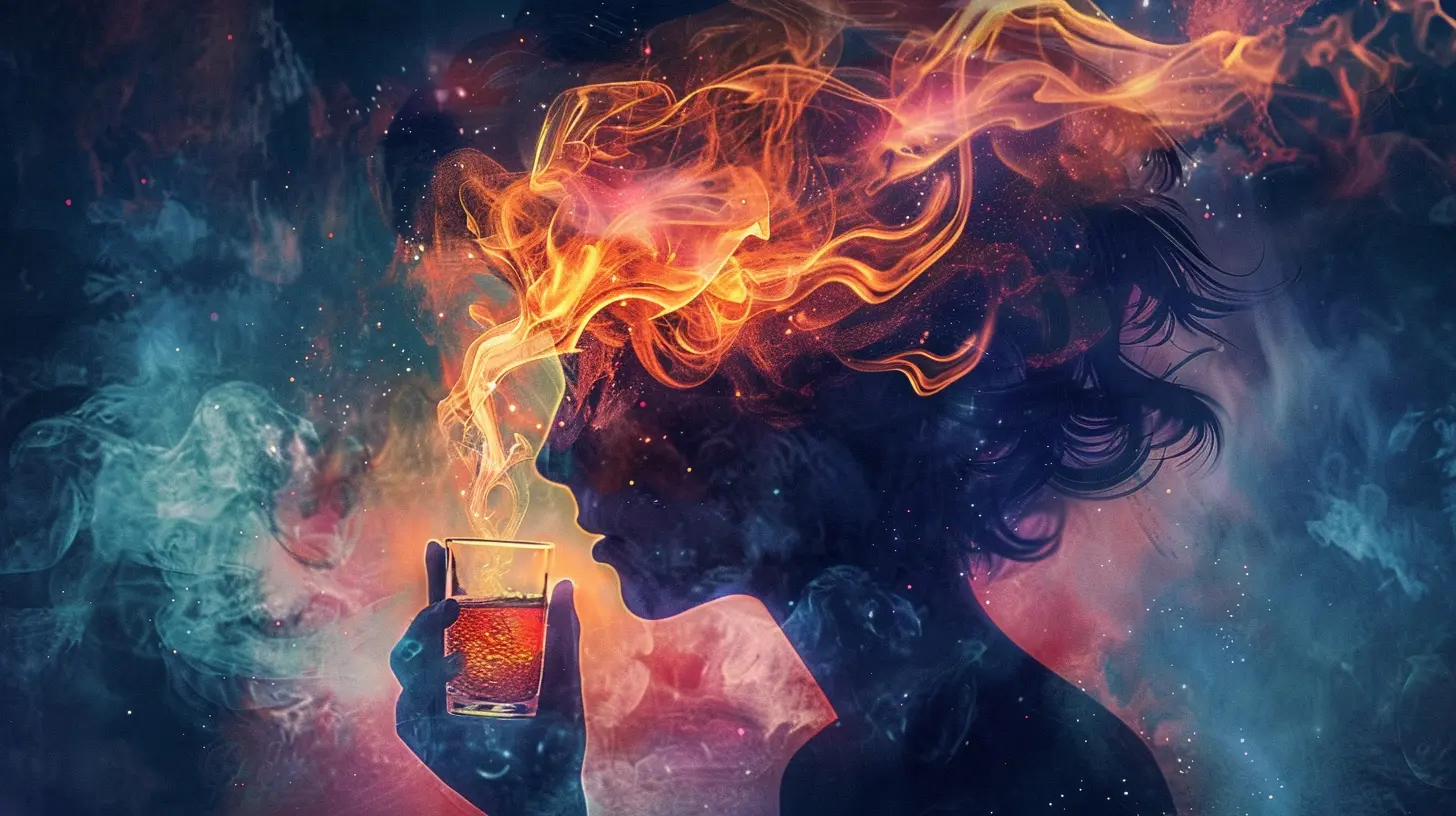
The Neuroscience of Addiction
The Brain's Reward System
To understand addiction, we need to start by looking at the brain’s reward system. At the heart of this system is a neurotransmitter called dopamine. Dopamine is often referred to as the "feel-good" chemical because it’s released when we experience something pleasurable. Whether it's eating delicious food, exercising, or even hearing a compliment, dopamine gives us that warm, fuzzy feeling.Here’s where things get tricky: addictive substances or behaviors, like drugs or gambling, hijack this reward system. These substances cause a flood of dopamine to be released, far more than what you'd get from normal activities. It’s like your brain is getting a massive hit of pleasure, and it wants more. A lot more.
Tolerance and Dependency
Over time, the brain starts to adjust to this new level of dopamine. This is where tolerance comes into play. Tolerance means that the brain gets used to the surge of dopamine, and it needs more of the substance or behavior to achieve the same level of pleasure. This is why someone might start with one drink but eventually need several just to feel the same buzz.As tolerance builds, the person becomes dependent on the substance or behavior to function normally. This is why people with addiction often feel like they need the drug or activity, not just for pleasure, but to feel "normal" or avoid withdrawal symptoms.
The Role of the Prefrontal Cortex
The prefrontal cortex is the part of the brain responsible for decision-making, self-control, and regulating emotions. Unfortunately, addiction doesn’t just affect the reward system; it also impairs the prefrontal cortex. This is why people with addiction often struggle to make rational decisions or resist cravings, even when they know the consequences.In simple terms, addiction takes over both the "go" system (reward) and the "stop" system (self-control), making it extremely difficult to quit.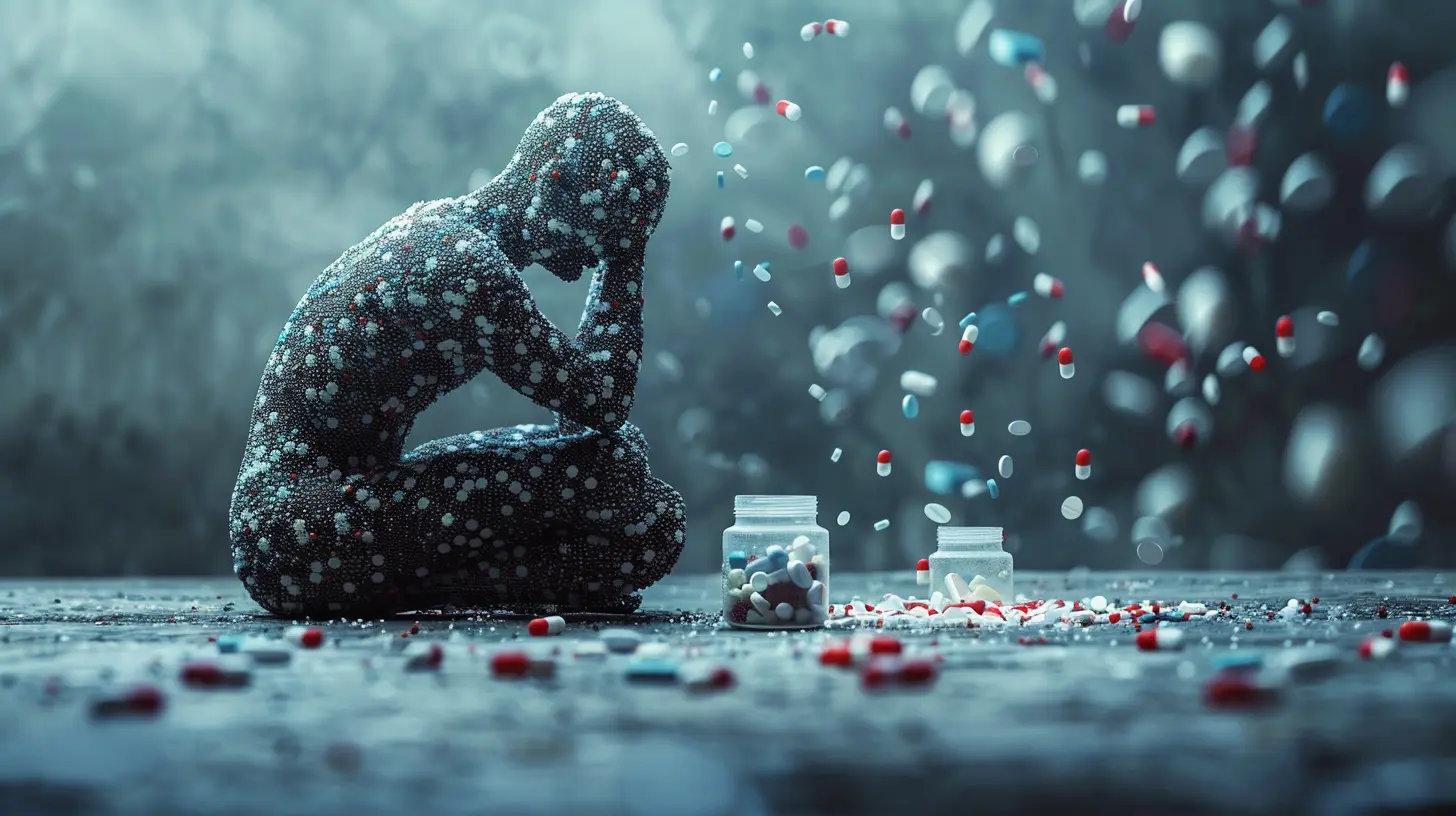
The Psychological Side of Addiction
While the brain’s chemistry plays a huge role in addiction, it’s not the whole story. Psychological and environmental factors also contribute significantly.Emotional Triggers
Many people develop addictions as a way to cope with difficult emotions like stress, anxiety, or depression. For instance, someone might turn to alcohol to numb the pain of a breakup or use drugs to escape feelings of loneliness. Over time, their brain associates the substance or behavior with relief, making it harder to break the cycle.Trauma and Mental Health
Research shows that people with a history of trauma, such as abuse or neglect, are more susceptible to addiction. Additionally, those with mental health conditions like depression, PTSD, or anxiety are more likely to develop addictive behaviors. This is known as dual diagnosis—when someone has both a mental health disorder and a substance use disorder.Social and Environmental Factors
Addiction doesn’t happen in a vacuum. Social and environmental factors, such as peer pressure, family dynamics, and even socioeconomic status, can influence whether someone develops an addiction. For example, growing up in a household where substance use is normalized can increase the risk of addiction later in life.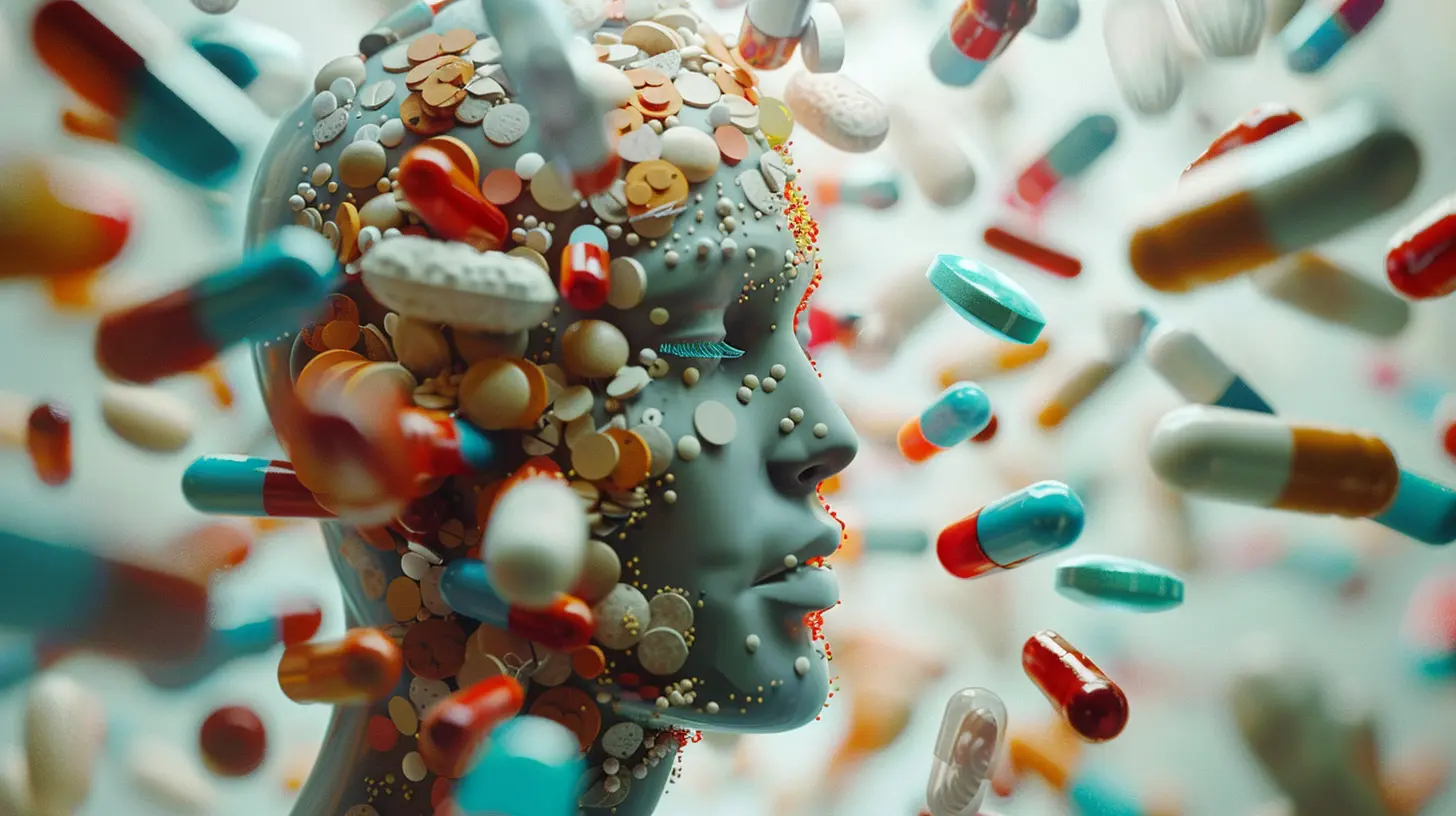
The Cycle of Addiction
Addiction follows a predictable pattern known as the cycle of addiction. Understanding this cycle is crucial to breaking free from it.1. Initial Use
For most people, addiction starts with casual or experimental use. Maybe it’s having a drink at a party or trying a drug out of curiosity. At this stage, most people believe they’re in control and can stop whenever they want.2. Regular Use
Over time, occasional use becomes more frequent. The person might start using the substance or engaging in the behavior regularly, often as a way to cope with stress or emotional pain.3. Risky Use
At this point, the person’s behavior starts to have negative consequences, but they continue using anyway. They might experience problems at work, in their relationships, or with their health, but the addiction still takes priority.4. Dependence
Now, the person is dependent on the substance or behavior. They need it to function, and stopping leads to withdrawal symptoms like anxiety, irritability, or even physical illness.5. Addiction
Finally, the person is fully addicted. They may try to quit but find it nearly impossible. At this stage, professional help is often necessary to break the cycle.Breaking the Stigma: Understanding Addiction as a Disease
One of the biggest barriers to treating addiction effectively is the stigma surrounding it. Many people still view addiction as a moral failing or a sign of weakness, which can prevent those struggling from seeking help.But here’s the thing: addiction is recognized by the medical community as a chronic disease. Like diabetes or heart disease, addiction requires ongoing treatment and management. It’s not something that can be “cured” overnight, and relapse is often part of the process.
Understanding addiction as a disease can help shift our perspective from blame and shame to compassion and support. After all, if someone had cancer, we wouldn’t tell them to “just stop having cancer,” right? Similarly, someone with addiction doesn’t just need willpower—they need treatment and support.
Treatment Options: What Works?
The good news is that addiction is treatable. While there’s no one-size-fits-all solution, several evidence-based treatments have been proven effective.1. Behavioral Therapy
Behavioral therapies, like Cognitive Behavioral Therapy (CBT), are used to help individuals recognize and change the patterns of thought and behavior that lead to addiction. These therapies often focus on identifying triggers, developing coping strategies, and setting realistic goals for recovery.2. Medication-Assisted Treatment (MAT)
For some types of addiction, particularly opioid and alcohol addiction, medication can be an effective part of treatment. Medication-Assisted Treatment (MAT) involves using medications to reduce cravings and withdrawal symptoms, making it easier for individuals to stay sober.3. Support Groups
Peer support groups like Alcoholics Anonymous (AA) or Narcotics Anonymous (NA) provide a sense of community and accountability for people in recovery. These groups offer a safe space for individuals to share their experiences and receive support from others who understand what they’re going through.4. Holistic Approaches
In addition to traditional therapies, many individuals benefit from holistic approaches like mindfulness, meditation, yoga, and nutrition therapy. These approaches help address the mind, body, and spirit, promoting overall well-being and resilience.The Road to Recovery: It’s a Journey, Not a Destination
Recovering from addiction is a long and often challenging process. It’s not about reaching a finish line but rather about managing the disease and making healthy choices every day. The path to recovery looks different for everyone, and it often involves setbacks. That’s okay.The key is to stay committed, seek support, and remember that recovery is possible. No matter how deep the addiction, with the right combination of treatment, support, and determination, healing can happen.




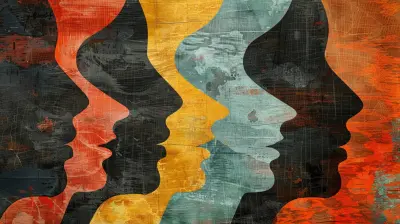




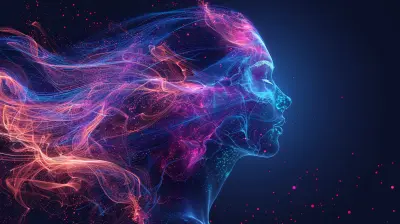

Alexander McVicker
This insightful article effectively elucidates addiction's complex psychological and neurological underpinnings.
February 7, 2025 at 3:31 AM